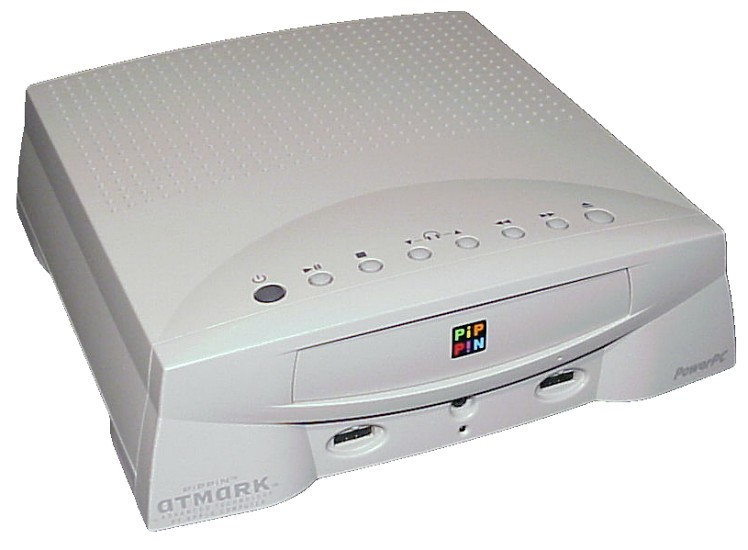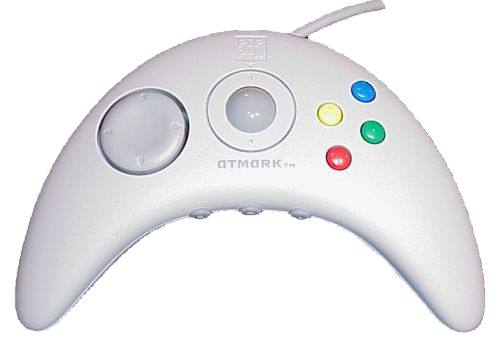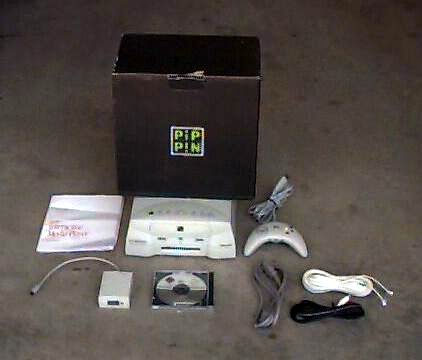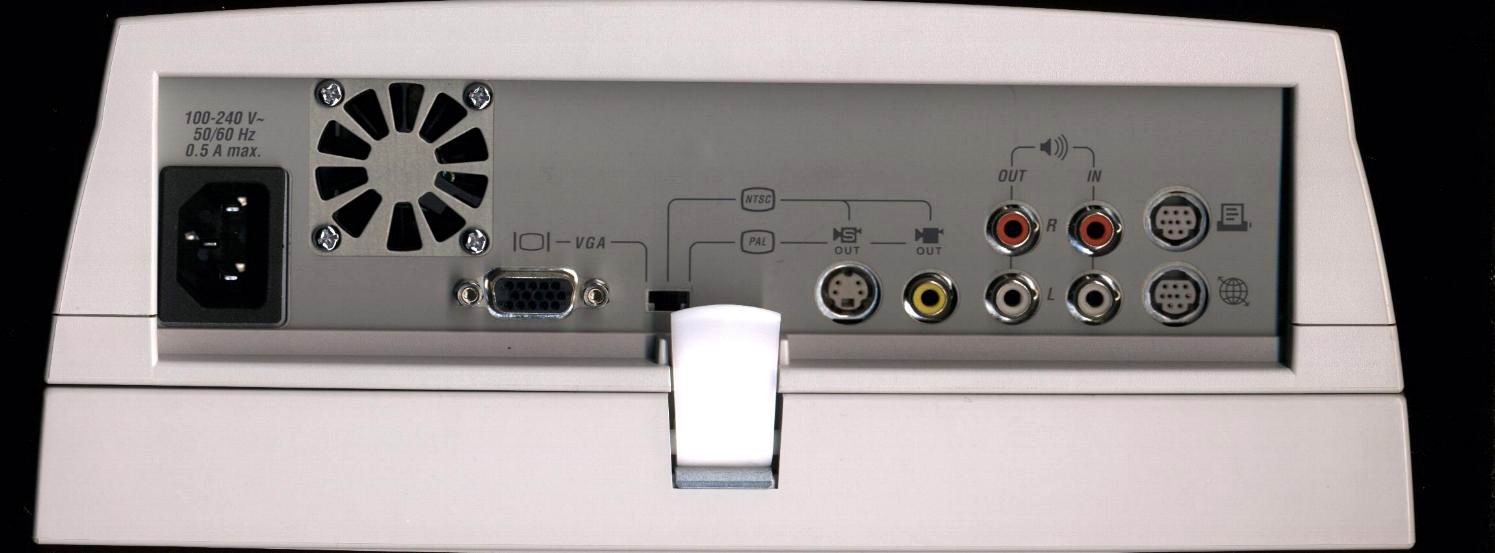Wikipedia link
Pippin Museum Archive



link
The Apple Pippin was a games console technology designed by Apple Computer in the mid-1990s. It was based around a 66 MHz PowerPC 603e processor, and ran a cut-down version of the Mac OS. The goal was to create an inexpensive computer aimed mostly at playing games, but also functioning as a network computer. It featured a 4x CD-ROM drive and a video output that could connect to a standard television monitor.
Apple never intended to release their own Pippin. Instead they intended to license the technology out to third parties, a model similar to that of the ill-fated 3DO. However the only Pippin licensee to release a product to market was Bandai.
By the time the Bandai Pippin was released, (1995 for Japan, 1996 for the United States) the market was already dominated by the Nintendo 64, Sony PlayStation, and Sega Saturn, machines which were much more powerful as game machines than the more general purpose Pippin. In addition, there was little ready-to-go software for it, the only major publisher being Bandai itself. It was also expensive: though touted as a "cheap" computer, this was only true if compared to the Macintosh; it was, for instance, far more expensive than a PlayStation, costing US$599 on launch.
Ultimately the Pippin as a technology suffered because it was a late starter in the 3D generation of consoles, and was under-powered as a gaming machine and personal computer. Bandai's version died a quick death, only ever having a relatively limited release in the United States and Japan.
Pippin Museum Archive



link
This system, due to its obvious rarity, has become a collectors Holy Grail" of gaming console hardware. Even if you were lucky enough to buy one, the software is even more difficult to find. If you buy a system, it may remain on the shelf, unused for years, until you can locate any games for it. Since Bandai had a stake in the system, two Dragon Ball Z games were made for it. These games are obviously the rarest versions of the game available.








